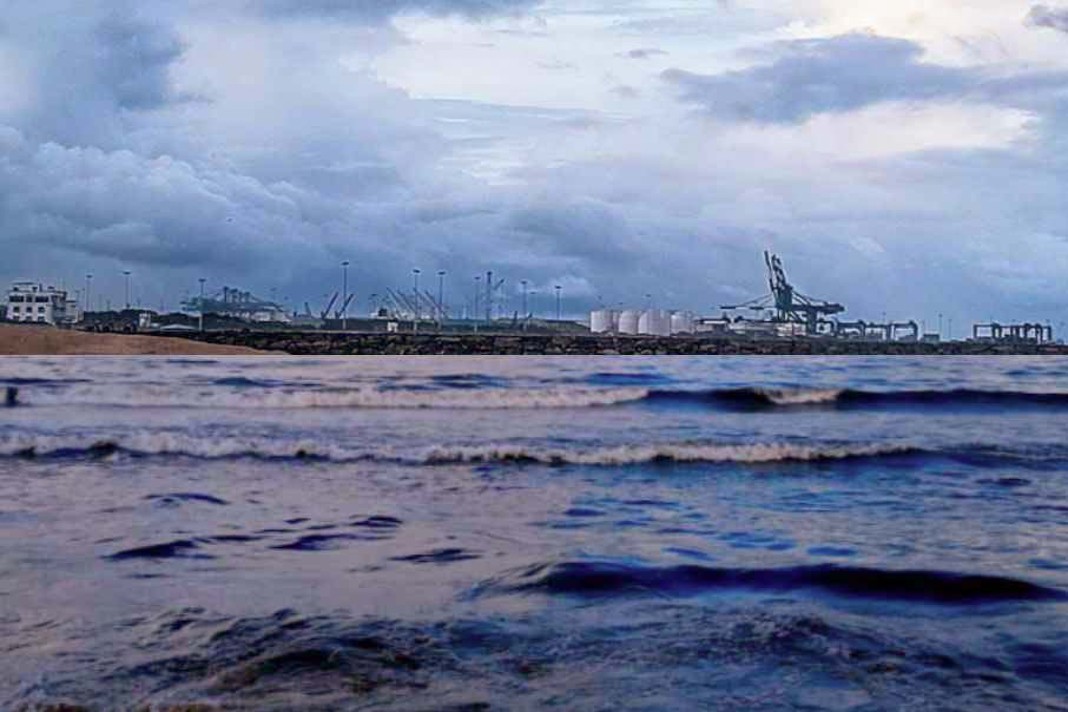- Suez Canal, Cape of Good Hope alternative routes
- Cargo swaps are also a potential option
- 32 LNG ships transit Panama Canal so far in Q4 vs 45 a year ago
Japanese lifters of US LNG are considering alternative options for shipping their winter cargoes in light of tightening restrictions through the Panama Canal, including LNG cargo swaps or routes via the Suez Canal or the Cape of Good Hope, company sources told S&P Global Commodity Insights.
Low water levels
From the US Gulf, the Suez Canal route takes a little over a month to Japan while the Cape of Good Hope route is about 40 days. This compares with just over 20 days to reach Japan via the Panama Canal.
The need to weigh up options comes in the wake of growing restrictions on transits announced by the Panama Canal Authority, or the ACP, due to low water levels caused by the worst drought in seven decades.
The number of booking slots available for transiting the Neopanamax locks (for ships including LNG carriers, container ships, and Very Large Gas Carriers) will be reduced from the current seven slots to six from Dec. 1 until Dec. 31 and then five from Jan. 1, 2024, the ACP said.
“Under the current situation, we see slots for LNG carriers are getting tight, regardless of pre-bookings in place,” one market source familiar with the development said.
Hiroshi Hashimoto, senior fellow of the energy security unit at the Institute of Energy Economics, Japan, said that the prolonged low water levels at the canal would mean “there is an increasing need among people involved in LNG to optimize transportation for [cargo] swaps between the Pacific and Atlantic.”
Potential big impact in 2024
Although the US is not among the largest LNG suppliers to Japan, accounting for 8% of its total LNG imports so far this year, shipment delays could have an impact in the upcoming winter.
“Delays in [LNG] vessels departing from the Panama Canal in the winter of 2020-21 was among the factors impacting the LNG supply to Japan,” said Takayuki Nogami, chief economist at Japan Organization for Metals and Energy Security, or JOGMEC.
Amid severe cold spells, Japanese utilities’ LNG inventory fell to critically low in January 2021.
Although the outlook for the 2023-24 winter indicates relatively mild weather, an unexpected significant drop in temperatures might disrupt Japan’s timely LNG procurements for the winter including delays in US cargo arrivals from the Panama Canal’s restricted passage as well as from such other routes as the Cape of Good Hope amid tightening tanker availabilities, Nogami said.
The current drought and increasing restrictions at the Panama Canal might also affect Japan’s base route for US LNG procurements beyond the upcoming winter.
“Although the drought might impact vessel schedules, we might see a big impact in 2024,” said a market source. “Given the current situation, the [US LNG lifters] might find a need to review the Panama [Canal] as the base route for ADPs.”
So far this year 279 LNG carriers have transited the Panama Canal, compared with 300 in the same period a year ago, with 32 LNG tankers having transited in the fourth quarter to date, compared with 45 in the same period last year, according to S&P Global Commodities at Sea data.
The Platts Gulf Coast Marker for US FOB cargoes loading 30-60 days forward was assessed at $12.46/MMBtu on Nov. 9, up $1.09/MMBtu on the day.
Did you subscribe to our daily Newsletter?
It’s Free! Click here to Subscribe
Source: SP Global

























